More about San Francisco Museum of Modern Art
Works at San Francisco Museum of Modern Art

Contributor
In 2010, twenty-one years after the Oslo firm incorporated in order to win a competition to design Egypt's Alexandria Library, Snøhetta triumphed again in a competition of international architecture superstars to build an addition to the San Francisco Museum of Modern Art (SFMOMA).
In 1995, Mario Botta designed the red SFMOMA building which stands in front of the new one. In those days, before the boom and bust of the nearby Sony Metreon complex, the neighborhood was less fashionable, and there were fewer major investments in it. The Botta building directs the energy of the visitor inward, toward the museum collection, almost shielding it from the sidewalk. "'The Botta building was so internalized and pushed close to the street that it felt invisible," says Lara Kaufman, Snøhetta’s project architect, alongside Jon McNeal and Aaron Dorf. "Updating the museum called for multiple entries and lots of ways to engage with passersby." The expansion cost the museum $300 million.
The famous eye atop the Botta building looked down upon a majestic granite staircase, which Snøhetta and SFMOMA decided to remove in favor of an angled wooden staircase. Snøhetta partner Craig Dykers traveled to meet Botta in Switzerland to propose the change, with positive results. However, Botta had his reservations afterwards: "The building, as I conceived it, compared itself either with the sky or with the top of the skyscraper dating back to the 1930s at its back. Now the expansion looks like a mute wall, an enlarged wardrobe," he said.
For all their words about openness and transparency, mirroring the polemics of politicians, as well as getting to know the city and building within its particular cultural context, the architects and the museum are in a challenging position. Like Manhattan and Brooklyn, the South of Market neighborhood is riding an upswing away from being a "skid row" neighborhood, as the Grateful Dead sang in 1989: "South of Market in the land of ruin/You get all manner of action/...Like the crack before the thunder, like I really ought to hide." So, in a sense, no matter what they do, from the perspective of PR, SFMOMA wins, in the short term. However, when your property is that valuable, and when you open your new building with nineteen simultaneous exhibitions, even with 45,000 square feet of galleries accessible to the public for free, you have to think about space and time in a completely different way in order to grow. You can't spell SFMOMA without SoMa.
When I was about seven years old, the work I remembered most from SFMOMA, aside from the candy installation of Felix Gonzales-Torres, was a looping video display in the viewfinder of a camera, pointing onto the street below. The street outside was more interesting to me at that age than the artwork on the walls. Instead of partitioning 45,000 square feet for the free part of the museum, leaving 170,000 square feet for the full-price-ticket-having VIP's, the museum directors could have redirected some of that $300 million into making the entire museum free of charge, like the Kunstmuseum Gelsenkirchen, which is free to all, or the Auckland Art Gallery Toi o Tāmaki, free to New Zealanders. The museum's greatest asset is neither its collection, nor its building, nor its prestige, but the possibility of its immersion among everyday people, many of whom have never been in an art museum, and aren't about to pay to go in.
Even without paying the price of a ticket, though, you can enjoy the building's atrium which features a large mobile by Alexander Calder.
Sources
- 'The Annotated "Picasso Moon".' UC Santa Cruz. http://artsites.ucsc.edu/GDead/agdl/picasso.html.
- Braithwaite, Andrew. "Inside Snøhetta’s Stunning SFMoMA Expansion." Azure, Oct. 10, 2016, https://www.azuremagazine.com/article/snohetta-sfmoma-expansion/.
- Chun, Rene. "The Secrets of the new SFMOMA." Wired, https://www.wired.com/2016/05/new-sfmoma/.
- Howarth, Dan. '"We could never recreate Mario Botta's SFMOMA" says extension architect Craig Dykers of Snøhetta.' Dezeen, May 2, 2016, https://www.dezeen.com/2016/05/02/san-francisco-museum-of-modern-art-sf…
- Merkel, Jayne. "Snøhetta." Architectural Design 79, no. 5 (2009): 98-107.
- "Model Behavior: Snøhetta at SFMOMA." Architectural Record, https://www.architecturalrecord.com/events/137-model-behavior-snohetta-….
- Snøhetta. "San Francisco Museum of Modern Art." The Plan, Jul. 29, 2016, https://www.theplan.it/eng/webzine/international-architecture/san-franc….
- Wainwright, Oliver. "SFMOMA’s new extension – a gigantic meringue with a hint of Ikea." The Guardian, Apr. 29, 2016, https://amp.theguardian.com/artanddesign/2016/apr/29/sf-moma-new-extens….
Featured Content
Here is what Wikipedia says about San Francisco Museum of Modern Art
The San Francisco Museum of Modern Art (SFMOMA) is a modern and contemporary art museum and nonprofit organization located in San Francisco, California. SFMOMA was the first museum on the West Coast devoted solely to 20th-century art, and has built an internationally recognized collection with over 33,000 works of painting, sculpture, photography, architecture, design, and media arts. The collection is displayed in 170,000 square feet (16,000 m2) of exhibition space, making the museum one of the largest in the United States overall, and one of the largest in the world for modern and contemporary art. In 2024, SFMOMA was ranked 14th in the Washington Post's list of the best art museums in the U.S.
The museum was founded in 1935 with galleries in the Veterans Building in Civic Center. In 1995, the museum opened in its Mario Botta-designed home in the SoMa district. On May 14, 2016, following a three-year-long closure for a major expansion project by Snøhetta architects, the museum re-opened to the public with more than double the gallery space and almost six times as much public space as the previous building, allowing SFMOMA to showcase an expanding collection along with the Doris and Donald Fisher Collection of contemporary art.
Check out the full Wikipedia article about San Francisco Museum of Modern Art

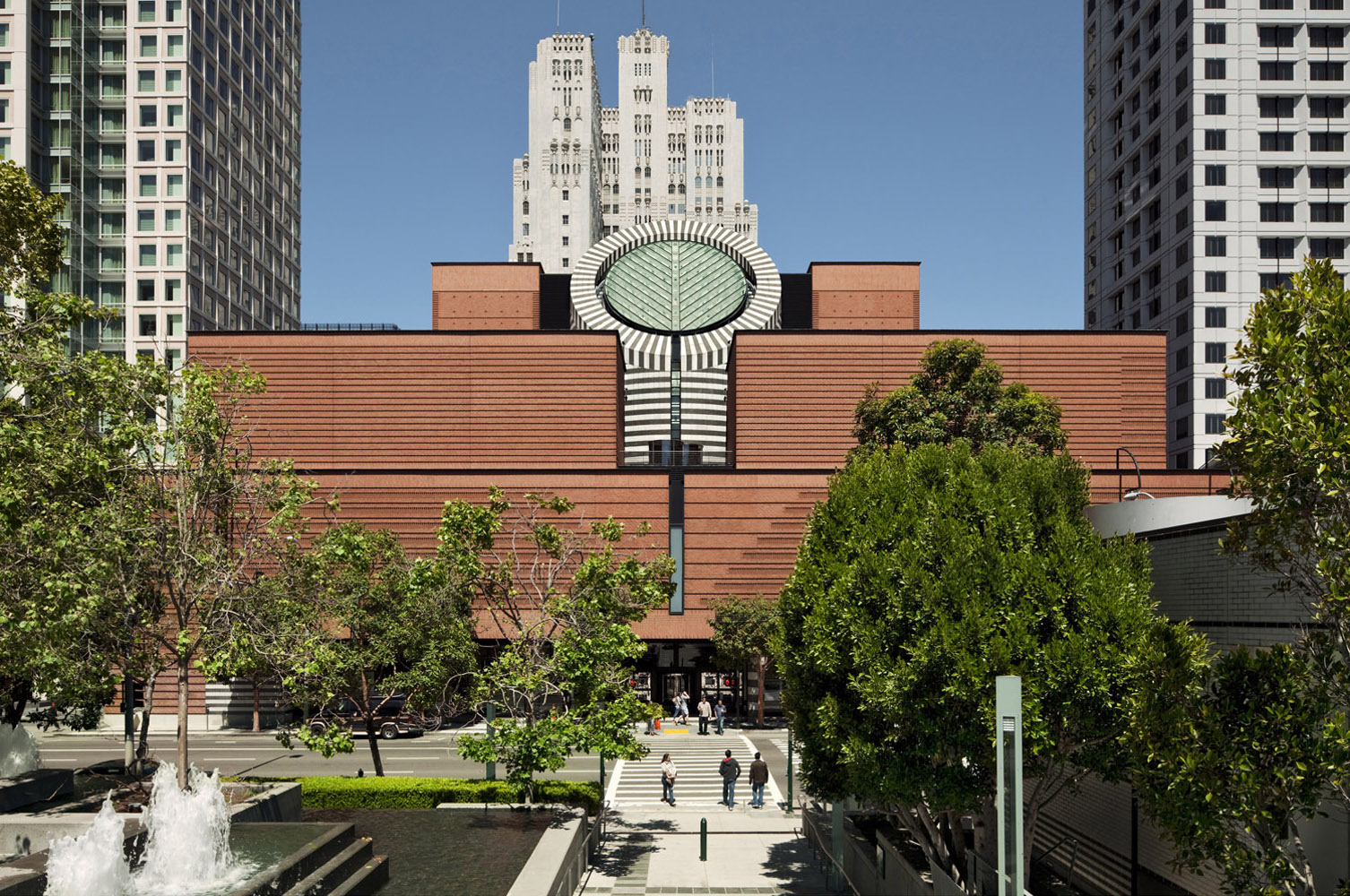
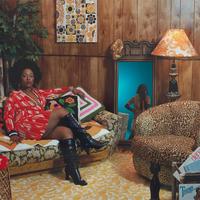
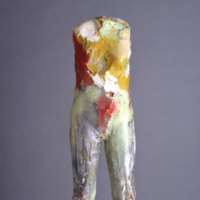


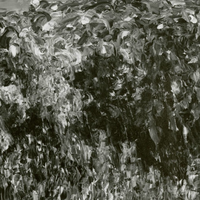









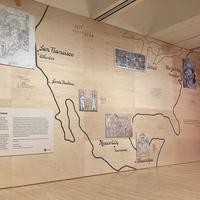
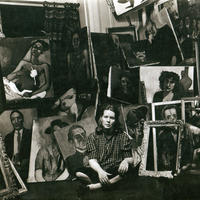
i'm excited for the upcoming warhol show